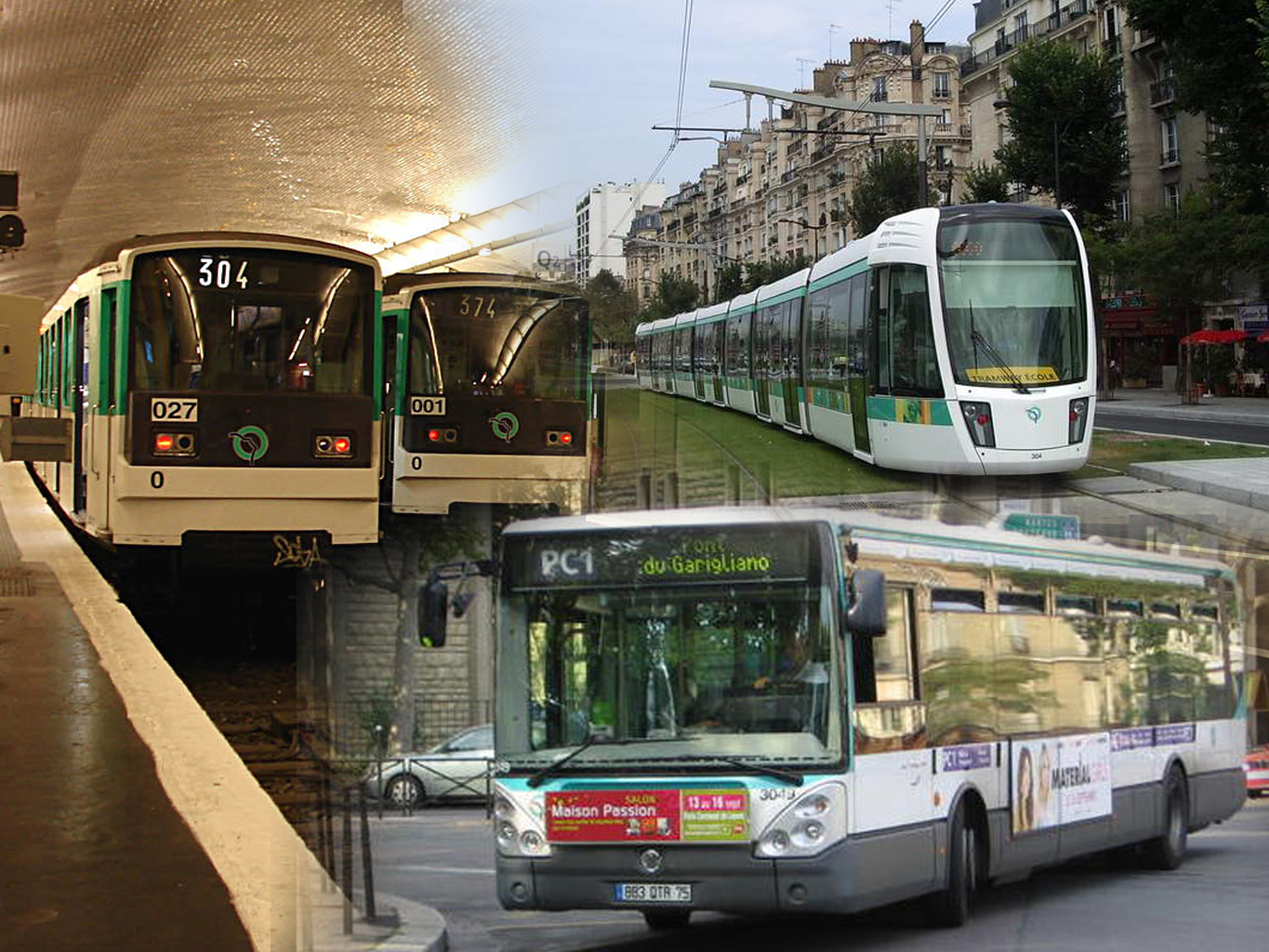ATTRACkTIVE



As part of the global urbanization of its business information system, STIB structures its SIV architecture around a centralized system consisting mainly of a business information concentrator (Hub), a graphical user interface ( GUI) allowing to design and distribute on the STIB media the theoretical information (information on the lines, ...), real time (information on wait times, ...) and circumstantial (information about disturbances , ...) and embedded systems allowing the dissemination of information in BUS, TRAMWAY and METRO.
Technical solution : The centralized system of the STIB is based on the MobilitX solution wich is the technical solution developed by DIGINEXT to answer the problems of concentration and exchange of passenger information in the field of public transport The architecture of MobilitX is developed in Java oriented SOA with real time constraints and availability requirements specific to the field of public transport. The new centralized system aims to enable STIB-MIV : • The implementation of a global strategy for STIB passenger • Integrate into existing systems and enable them to manage their obsolescence • Adapt to changing needs for at least a decade The new centralized system would allow : • Dissemination of theoretical, actual and circumstantial information on all of parts of the STIB network in a multimodal context (multi-carrier, multi-system) • Content management for broadcast via new displays (Full HD TFT screens, ) • Improved administration with quality of service management • Mulitilingualism with a parity between the French and Dutch languages http://www.transmodel-cen.eu/category/implementations/
The objective of the PCI (Central Information Office of the TRANSPOLE Network) is to provide the operator of the Public Transport network in the Lille conurbation with a modern means of piloting the travel information.
Design of the network of the urban community of Lille: 162 million passengers, 60 metro stations on 2 lines, 45 bus lines and 2 tram lines. The PCI is interfaced with the various transport operating systems (bus, tram, subway, self-service bike systems) to collect real-time information and to disseminate passenger information In the form of visual or audio announcements as well as on multimedia channels (website, SMS) according to the procedures defined for the PCI. The PCI is interfaced to external systems via the proprietary interfaces of the connected systems or via the standardized interface SIRI STIF v2.2.
The main objective of the PCI is to automate and improve as much as possible the generation and distribution of the traveler information in order to increase the responsiveness and relevance of this traveler information. PCI operators control the automatic dissemination of information on the desired perimeter of the network and can intervene in real time to modify it in order to adapt it as closely as possible to the actual situation of the terrain. The business behavior of the PCI (message content, message delivery areas, message delivery criteria) is defined by scenarios developed by the operators in advance.
Project scope
Diginext provides Transpole with a turnkey application including:
- A production site with servers configured in high availability
- A backup site dedicated to being put into service during a major failure of the first site. The emergency site is permanently updated from the production site.
- Workstations for operators
- The PCI application developed by Diginext based on the MobilitX product already implemented for other major public transport operators.

La RATP a procédé depuis 2010 au remplacement de son réseau radio par un nouveau système TETRA. Ce réseau met en communication des opérateurs sur des stations fixes (PCs Metro, RER, BUS, SEC, …) et des utilisateurs mobiles (Métro, RER, bus et tramways, SEC). Les communications « phonie» et les alarmes discrètes sont véhiculées par ce réseau. Il permet également d’acheminer des données.
Le socle commun des postes opérateur TETRA dont la réalisation a été confiée à DIGINEXT par la RATP est globalement composé de deux logiciels distincts :
- Le Socle Commun (SC) est le logiciel qui s’exécute sur chaque poste opérateur. Ce logiciel permet d’offrir aux utilisateurs les services TETRA nécessaires pour assurer la gestion des communications (phonie et data), des alarmes et la localisation des mobiles connectés au réseau TETRA.
- Des profils dédiés aux différents opérateurs permettent de tenir compte des spécificités métier et des besoins des différents utilisateurs. Les postes opérateurs fournis par Diginext sont déployés aux PCCs RER et Métro de la RATP ainsi qu’au CRIV (Nouveau centre régulation Bus), aux PCs tramways et au PC de SECurité.
Diginext va également réaliser les postes opérateurs des nouvelles lignes automatiques 4 et 14 prolongée.